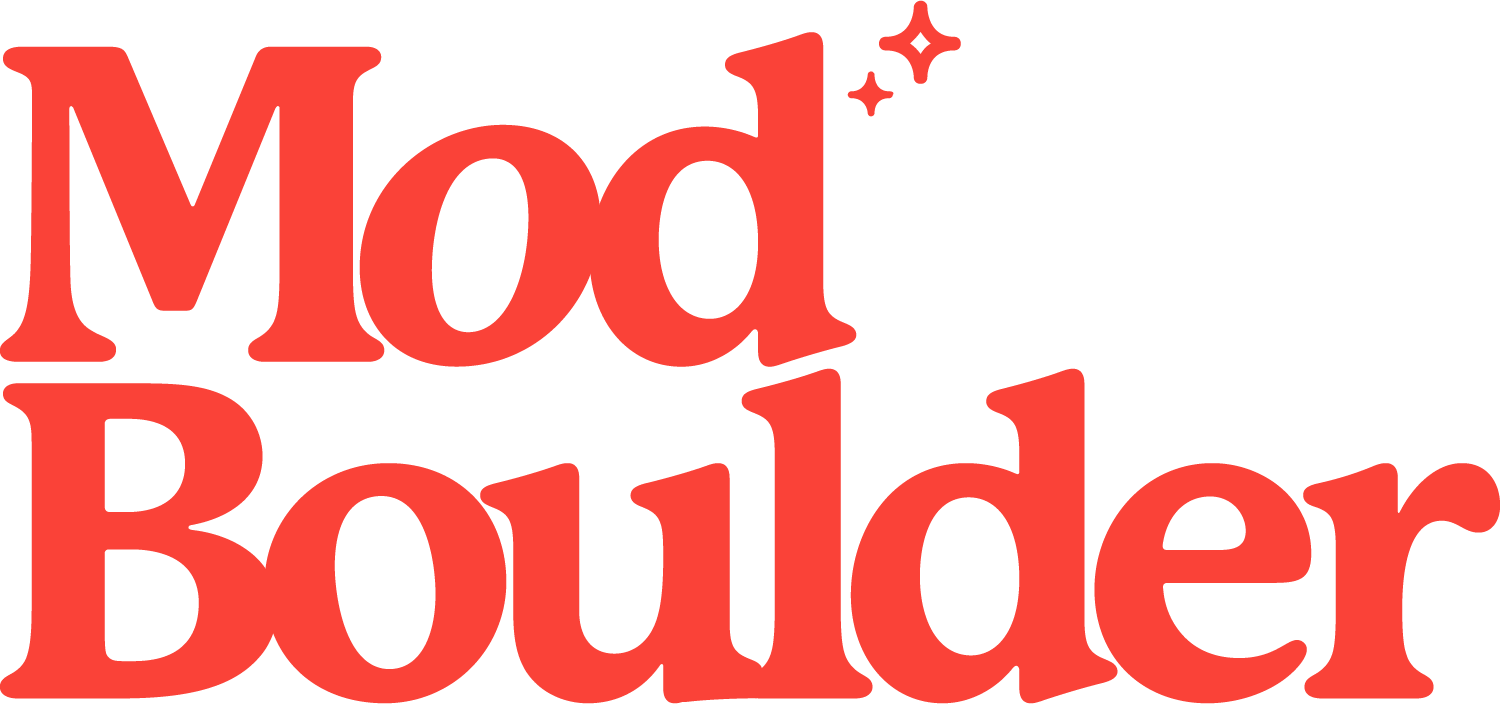From Googie to Google: Mid-Century Architecture Inspires Today’s Modernists
A pillar of the mid-century modern style, Googie was a futurist architectural movement inspired by the Space Age and Atomic Age, which were popular in American culture shortly after World War II. Featuring upswept roofs, curvaceous shapes and a bold use of modernist materials (think glass and steel), Googie made its first splash in Southern California in the late 1940s and was initially popular with commercial designs, like gas stations, coffee houses and motels.
Named after the nickname of a Hollywood coffee shop owner, Googie-themed architecture eventually made its way into the residential world, gracing SoCal’s neighborhoods with undulating rooflines and illuminating floor-to-ceiling windows.
Googie eventually headed east, and its journey from the West Coast to the Rocky Mountains can be partially attributed to Boulder’s mid-century tech boom. The likes of NCAR, NIST and IBM welcomed a new wave of residents, many of whom had a penchant for this new and distinctive SoCal style. Along with the progressive CU faculty, this modernist surge in Boulder County provided a burst of architectural creativity.
Boulder’s early modern architects answered the call with commercial and residential projects that featured the signature characteristics of Googie’s space-age style. Local architects Charles Haertling, James Hunter, Tician Papachristou and Hobart Wagener created eye-catching landmarks that dotted the city’s streets, representative of Boulder’s first wave of techies and a leap forward in its architectural tenor.
Commercially, the architects’ contributions are still a part of our daily lives. Wagener’s Ideal Broadway Shops and Community Plaza Shopping Center, with their distinct butterfly and curvilinear roof lines, are an ever-present reminder of the Googie movement in Boulder.
Another structure from this era that’s ingrained into Boulder’s day-to-day is our very own Municipal Building. Designed by Hunter in 1952, added to in 1962 and landmarked in 2009, it’s in this modernist structure that our City Council meets each week.
Take a walk around the neighborhoods of Martin Acres or Old North Boulder and you’ll see how the influence of this architectural style even trickled down to the mass-produced homes built to house the first wave of Boulder’s techies. In between the standard ranches, notice the original low-slung homes with large eaves and unique window placements, all nods to the custom modern designs of their time.
And as always, history repeats itself. With the new wave of techies descending upon Boulder with big-hitters such as Twitter, Microsoft, NetApp, and—wait for it—Google, we’re seeing custom modern architecture taking center stage once again.
Call them what you like—hipsters, techies, Googlers—but our new residents are bringing fresh ideas, not only to the world of technology but also to housing trends. Local modernist architectural firms like HMH Architecture, Barrett Studio, Arch 11 and Surround Architecture are exploring innovations that future architects will undoubtedly look back on for inspiration.
A current example (whether you find it too tall or not) is Pearl West. This design incorporates Googie’s bold use of geometry, steel and glass and anchors it with more current features like subtle curb appeal and lots of useable outdoor and rooftop space.
Another timelessly dramatic design is the Google campus. With one more building still in the works, the existing two buildings exhibit a modern, outdoor-forward vibe that, even with its mass, is appealing. Now that these two buildings are up and running, the bar has been set high for number three. Undoubtedly, the final addition will add to Google’s modern mystique.
But the best commercial design comes from the least expected place: the 28th Street McDonald’s. (Hear me out!) No other building in Boulder captures the essence of current modern design so well. The mixture of exterior claddings—a current design trend—is handled expertly and the modest scale is refreshing. An architectural fast-food fun fact: one of the best examples of Googie architecture is the original McDonald’s stand in Downey, California, which has been preserved and landmarked.
Whether it’s a ‘50s-era atomic ranch home in Old North Boulder or a sleek new design in one of Boulder’s newer neighborhoods, there’s no doubt that we’re experiencing tech’s many influences in our residential areas.

